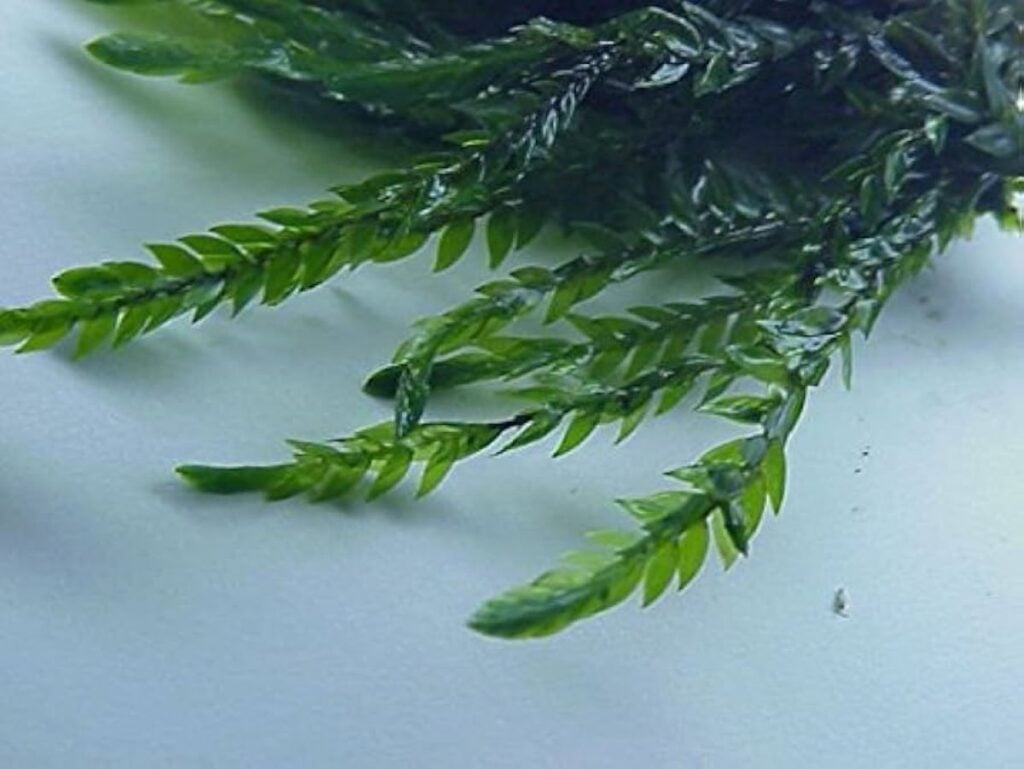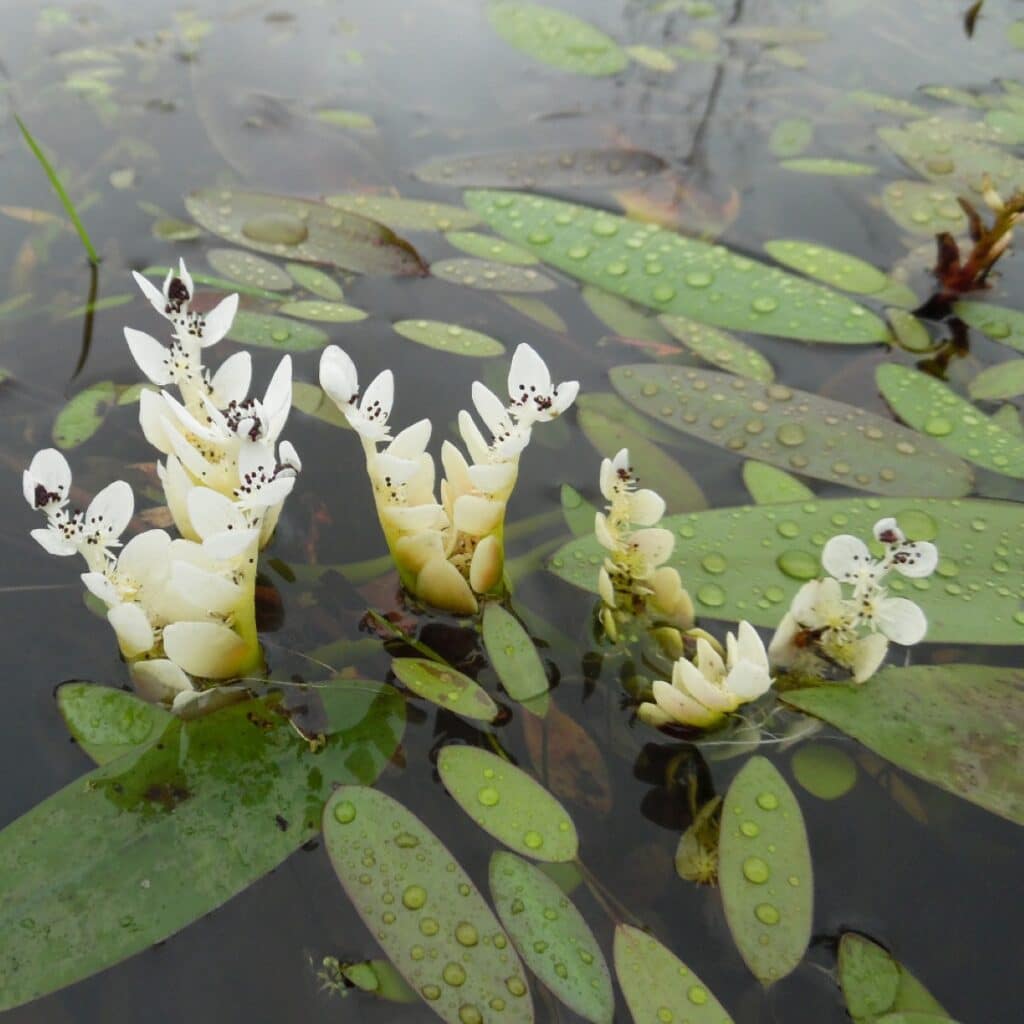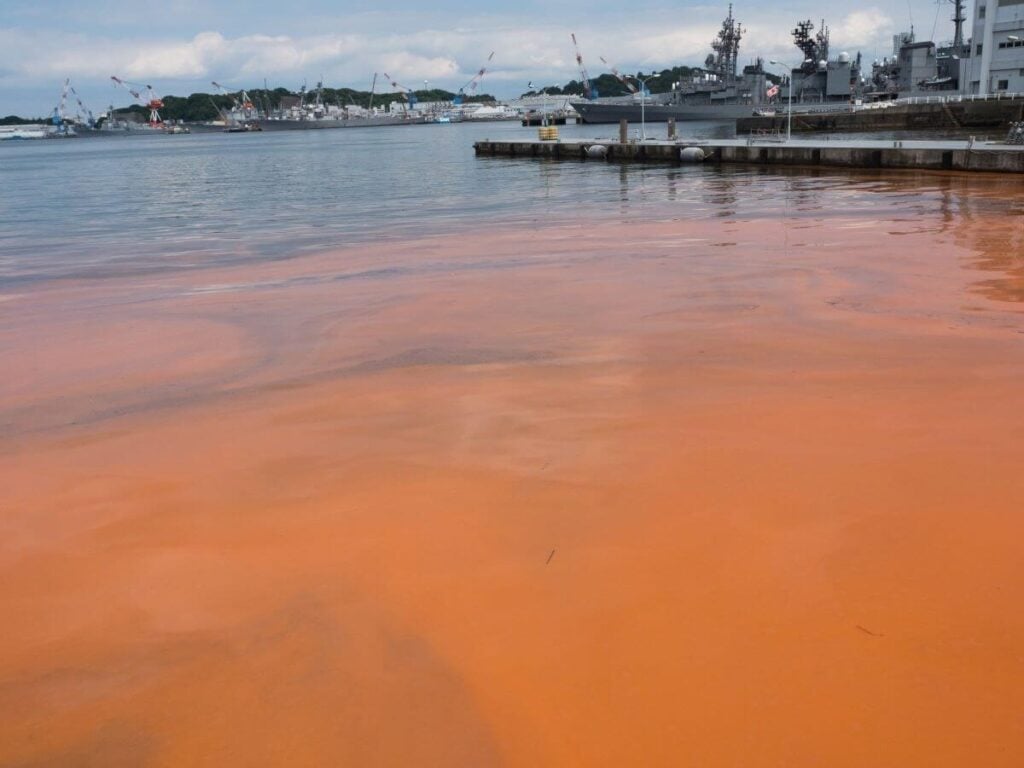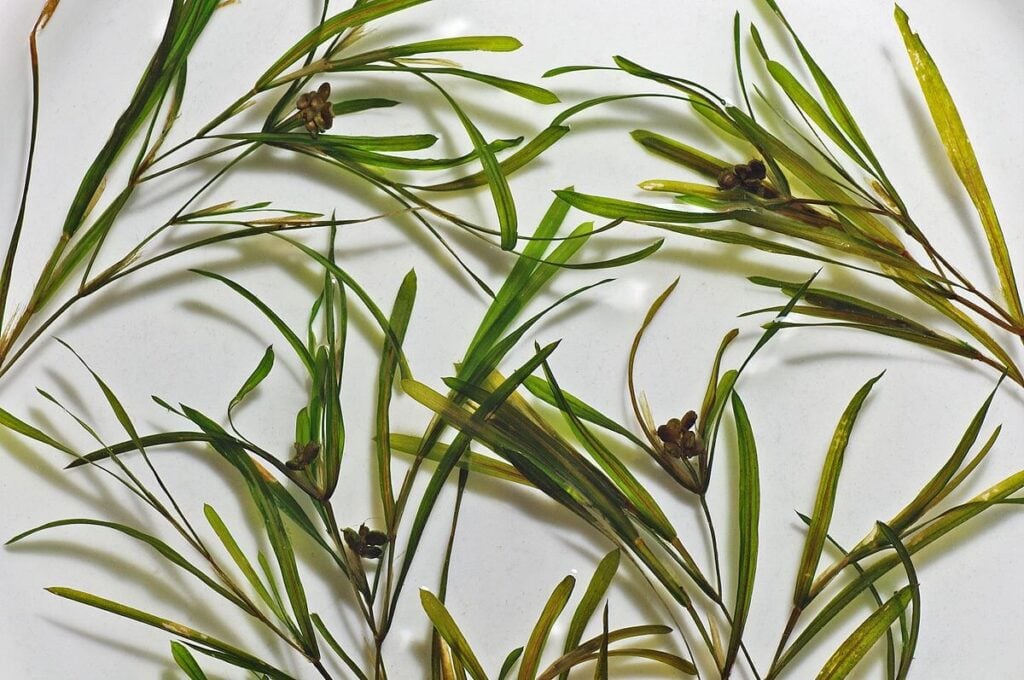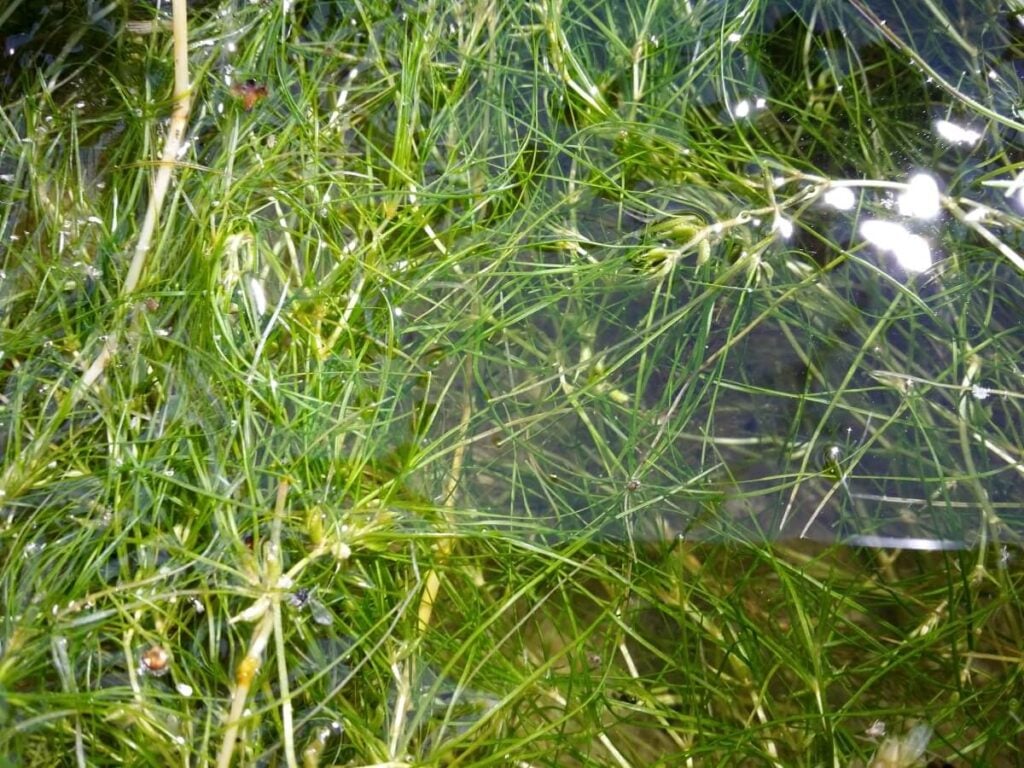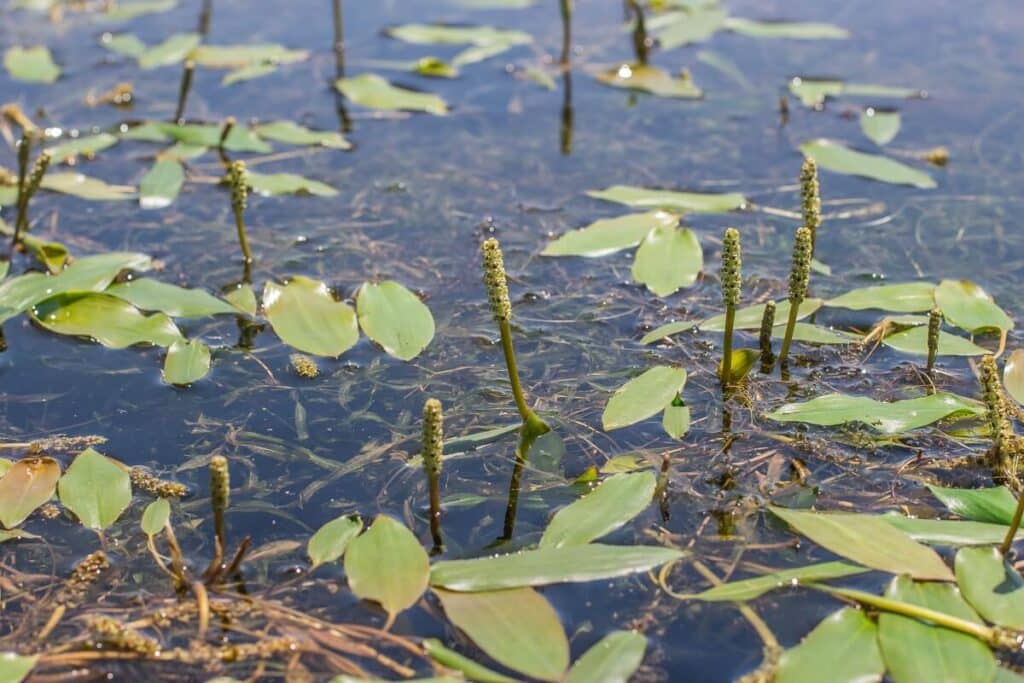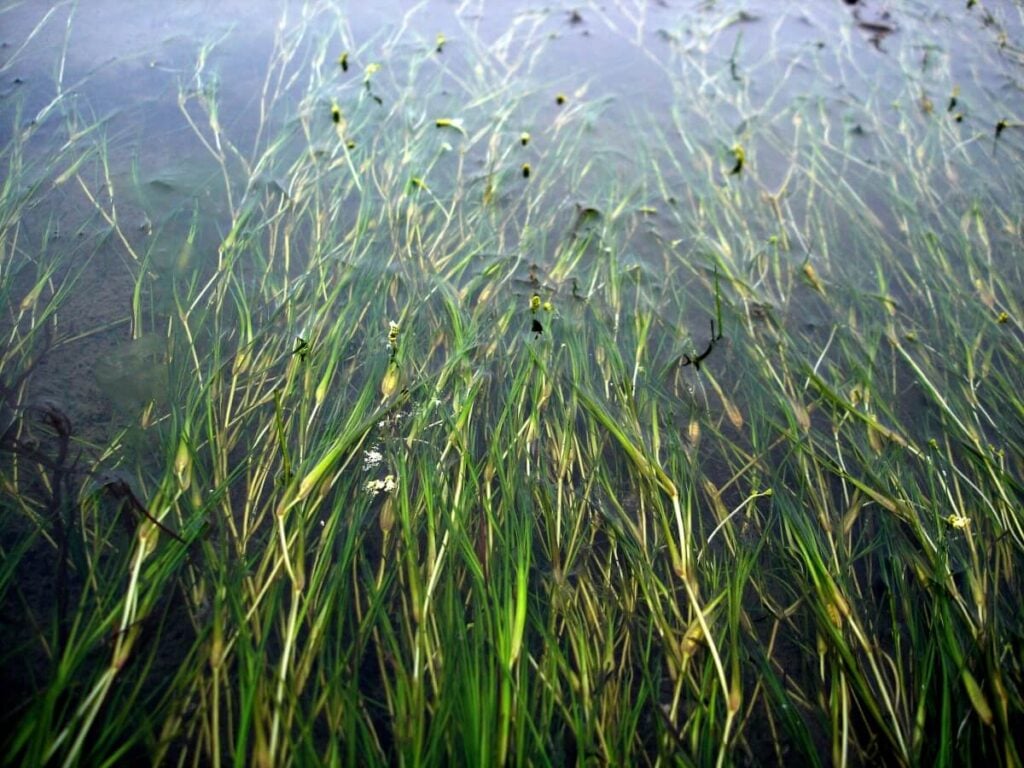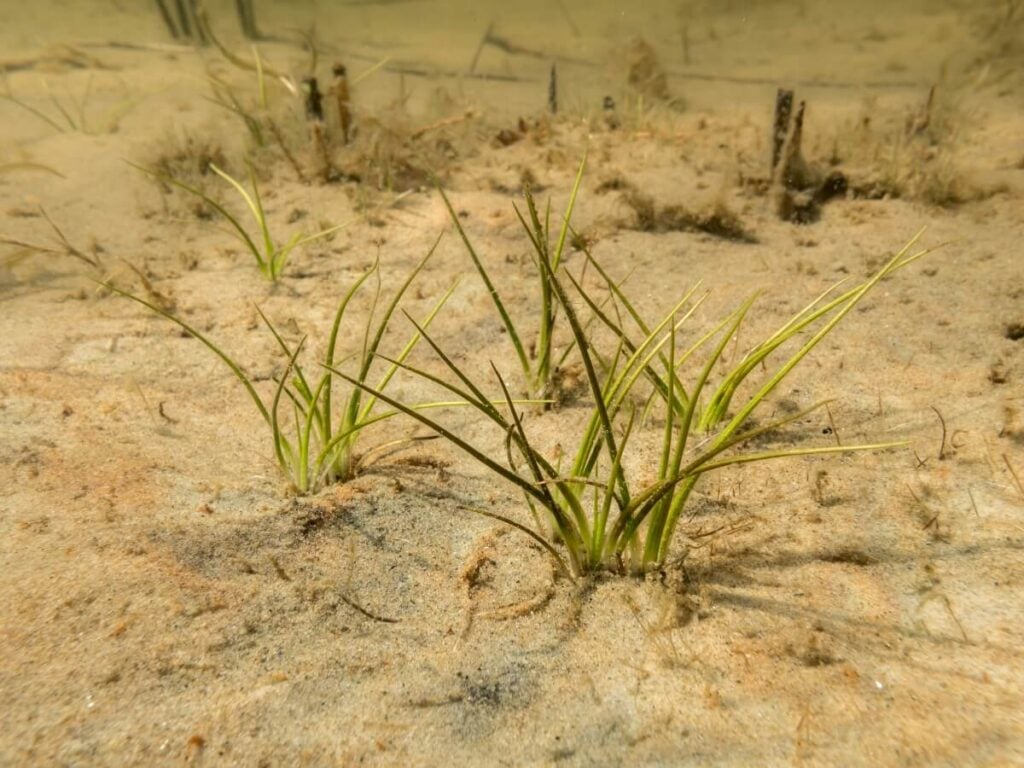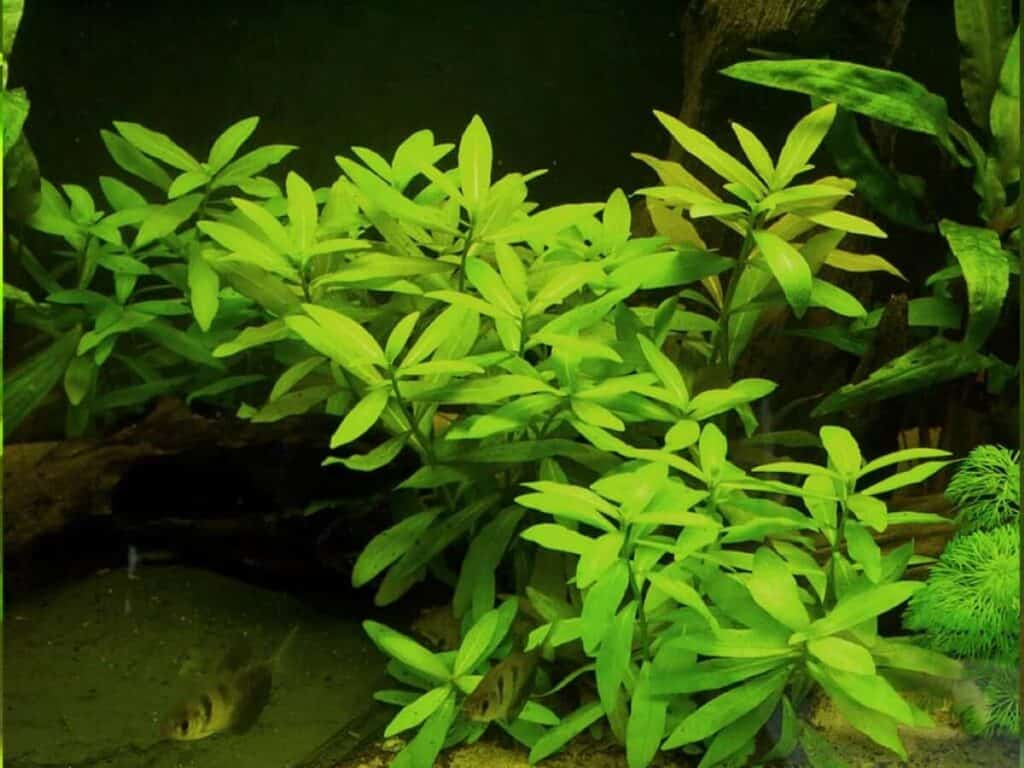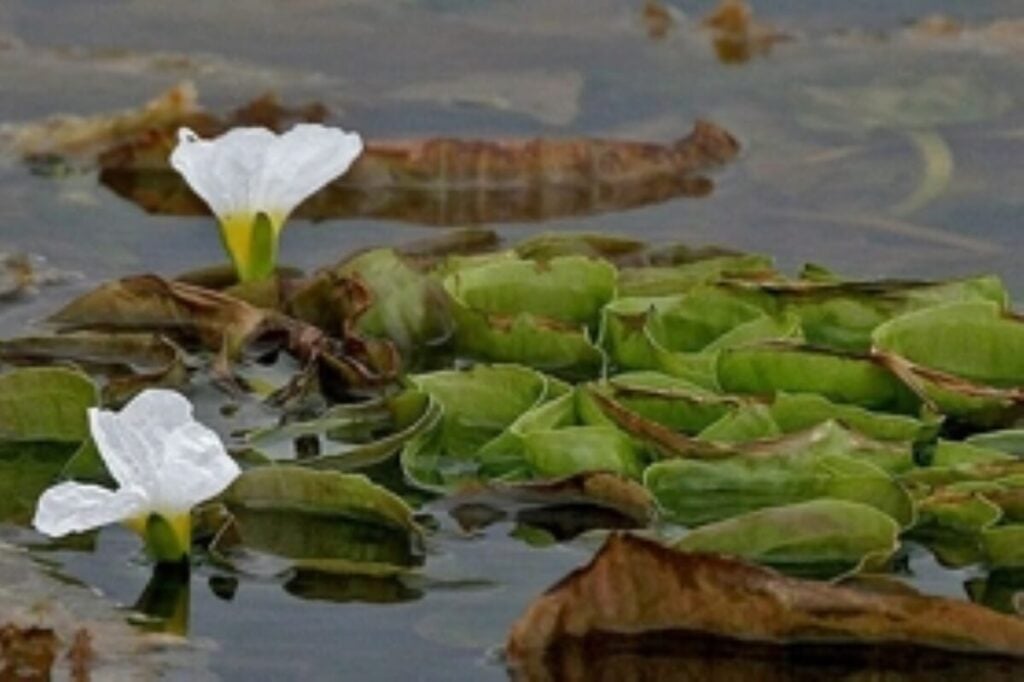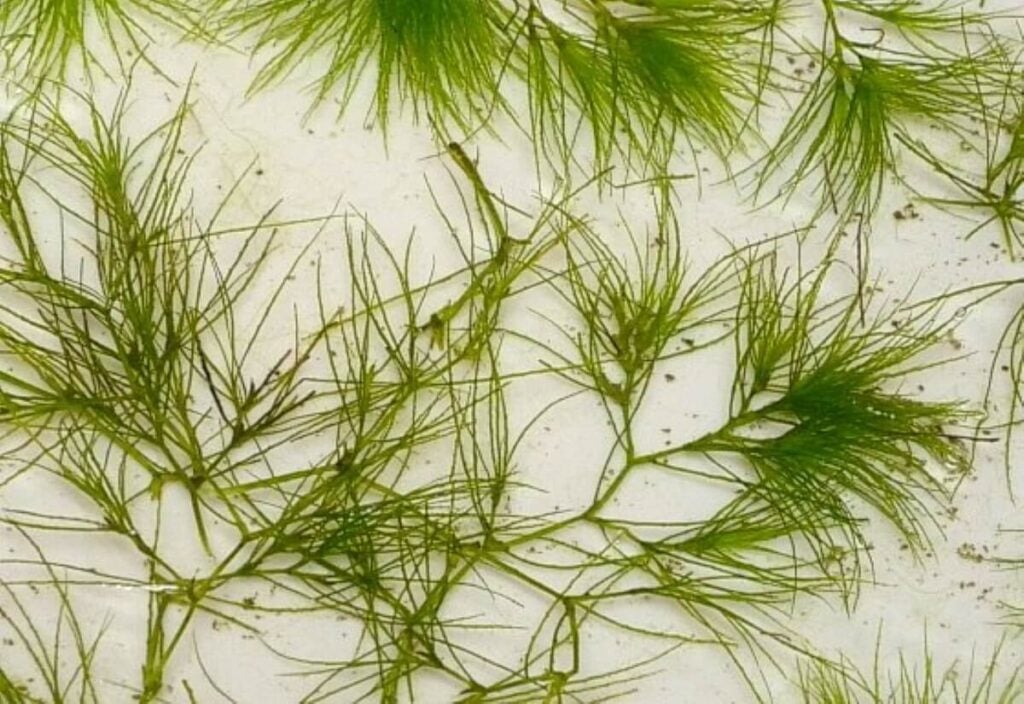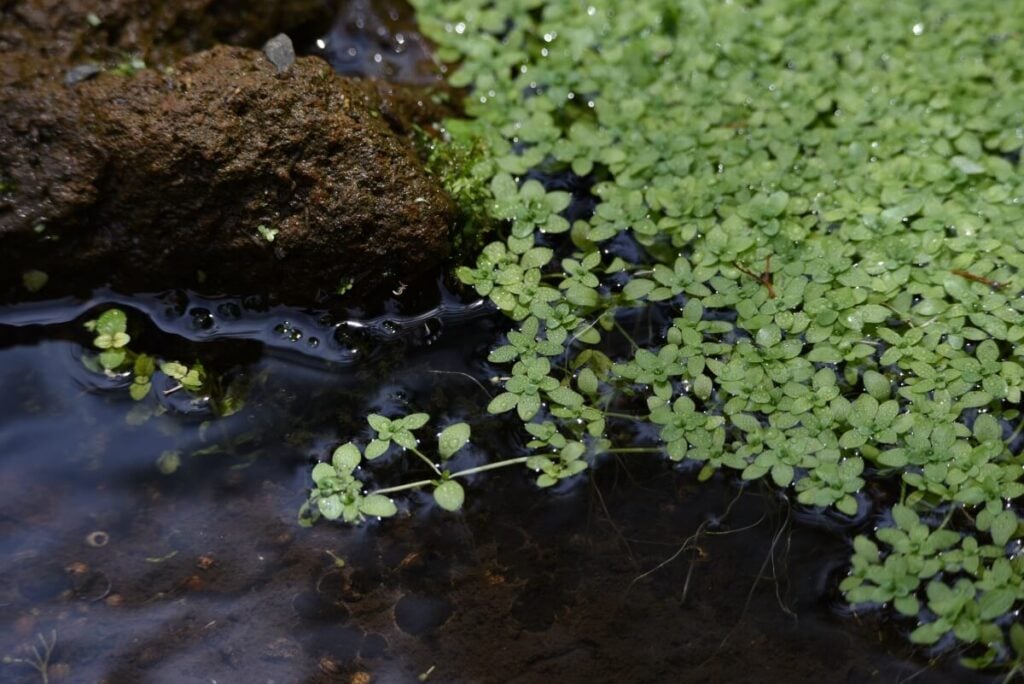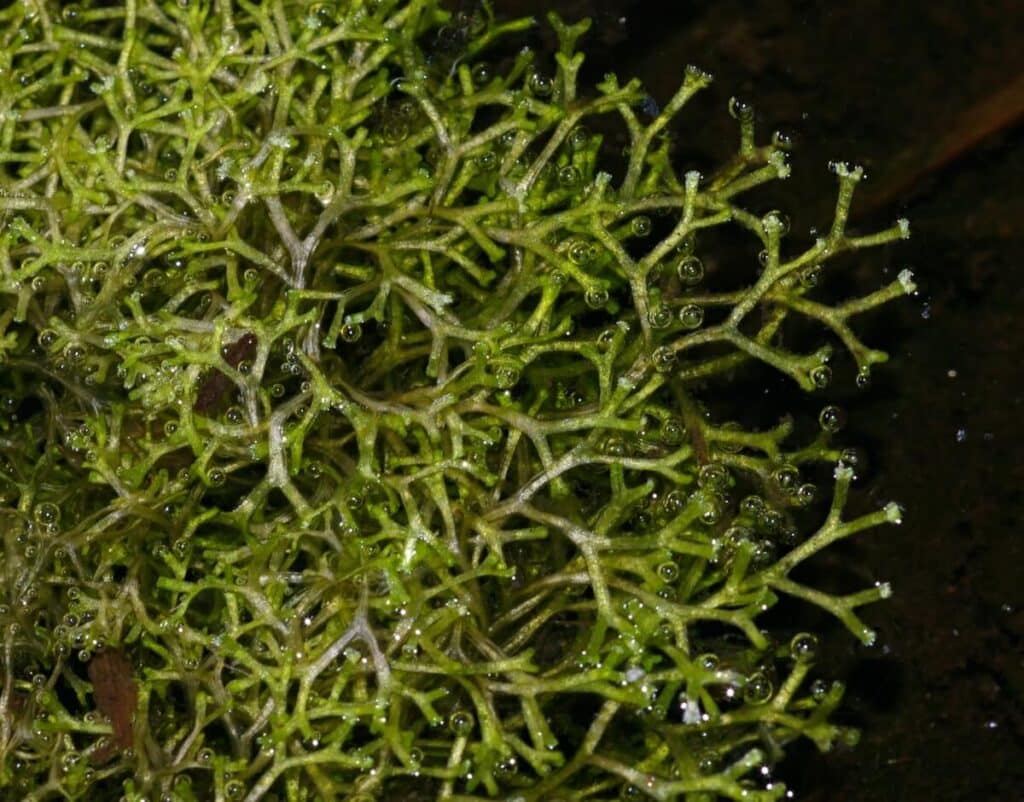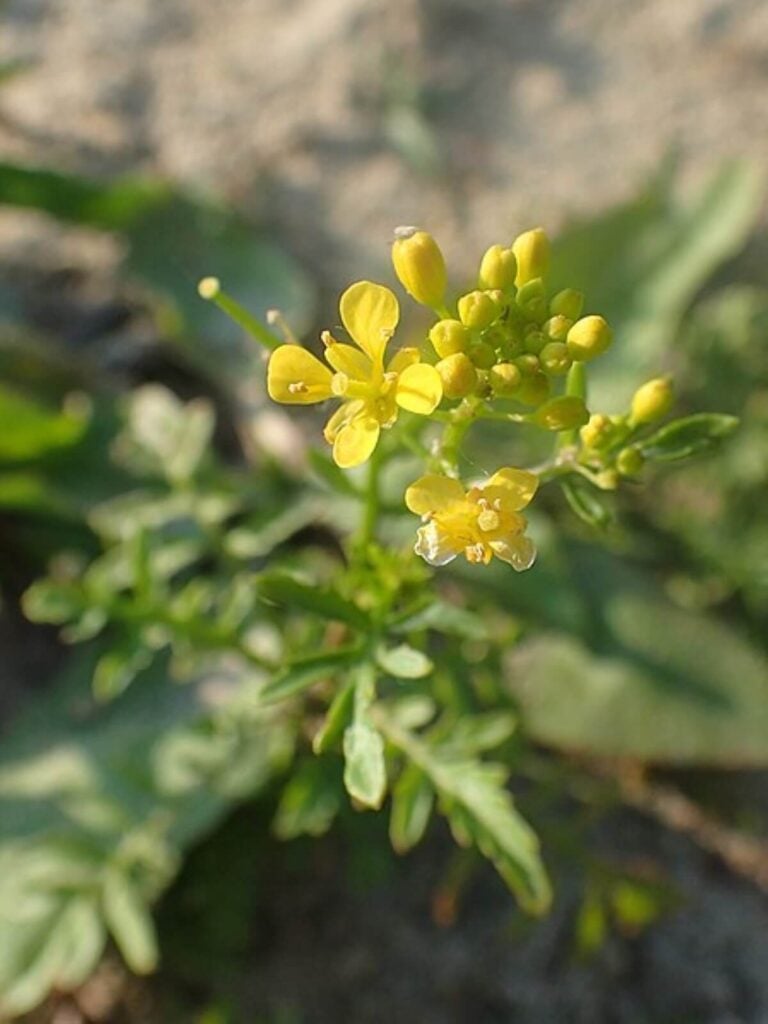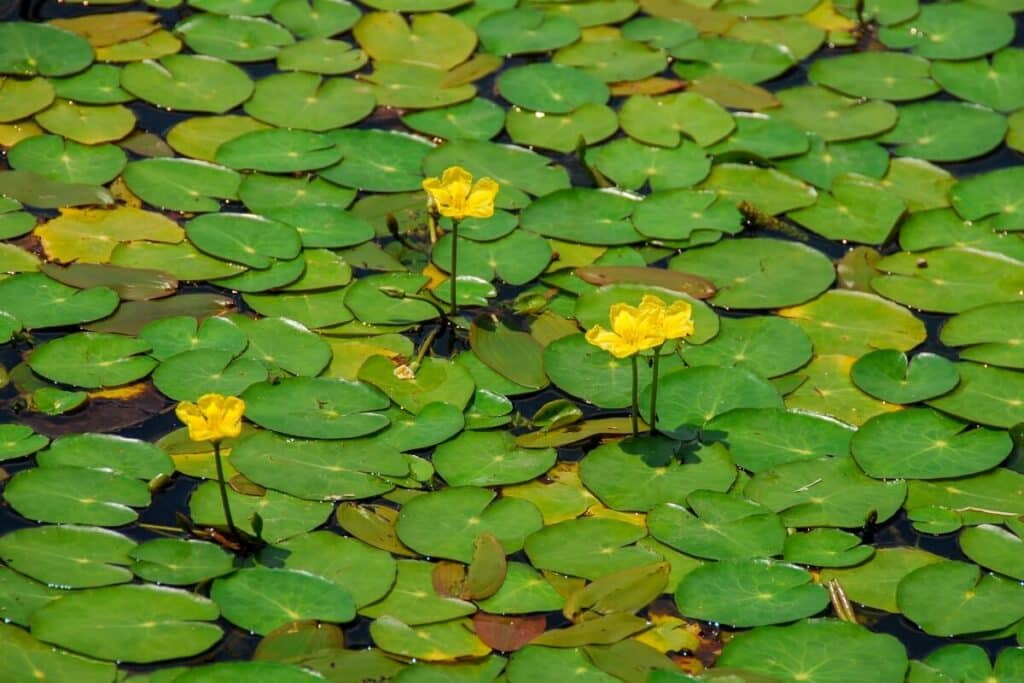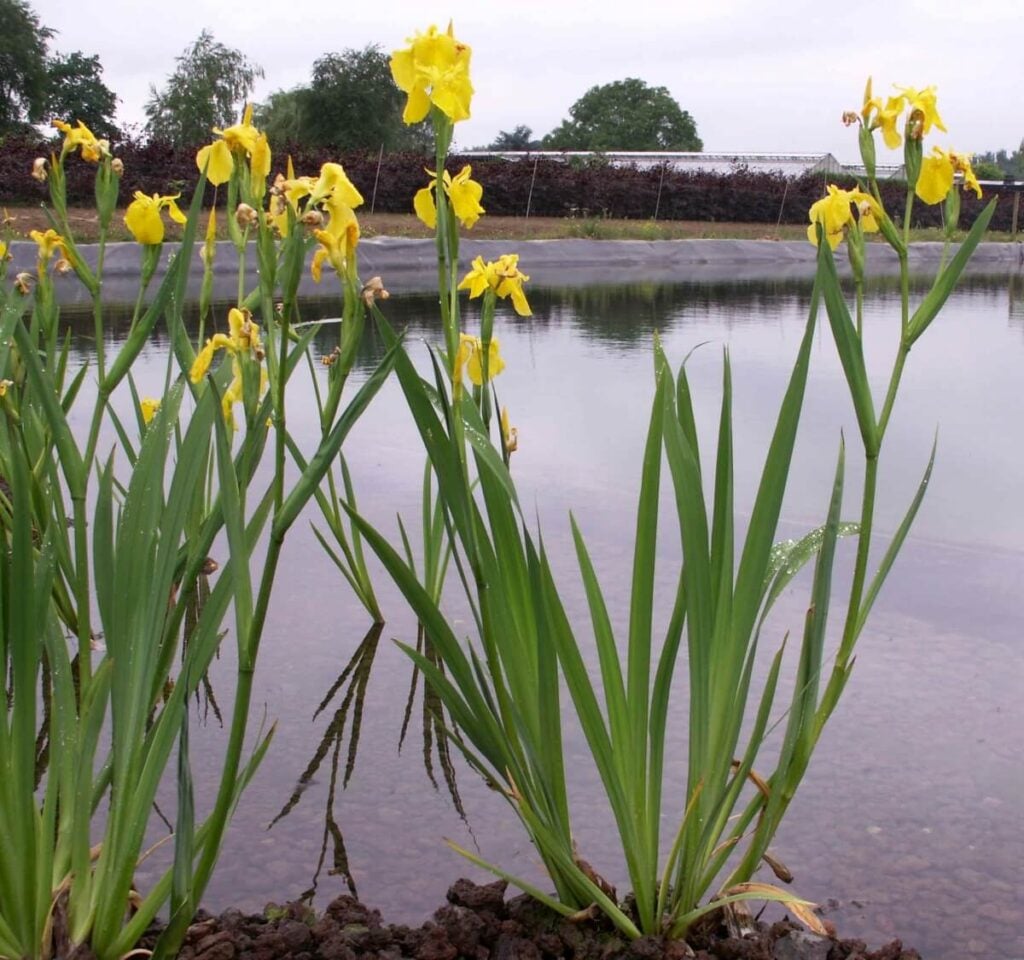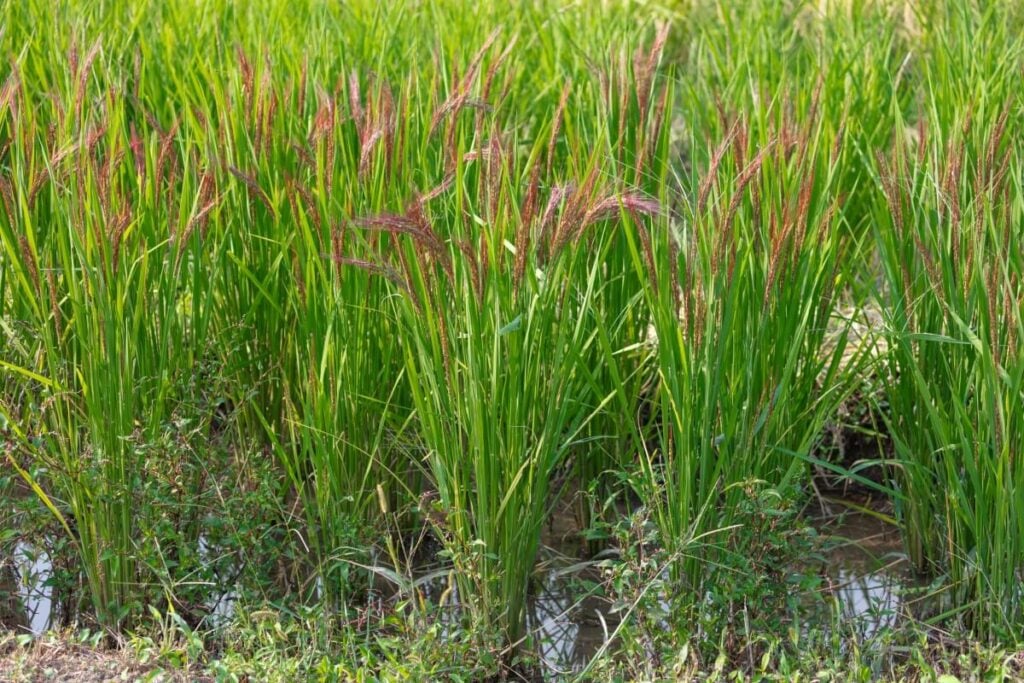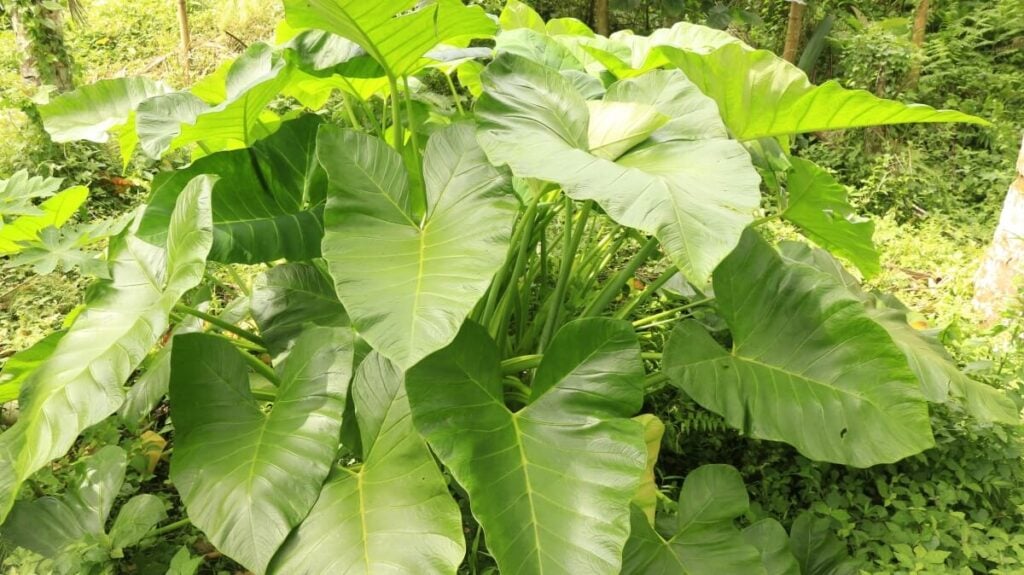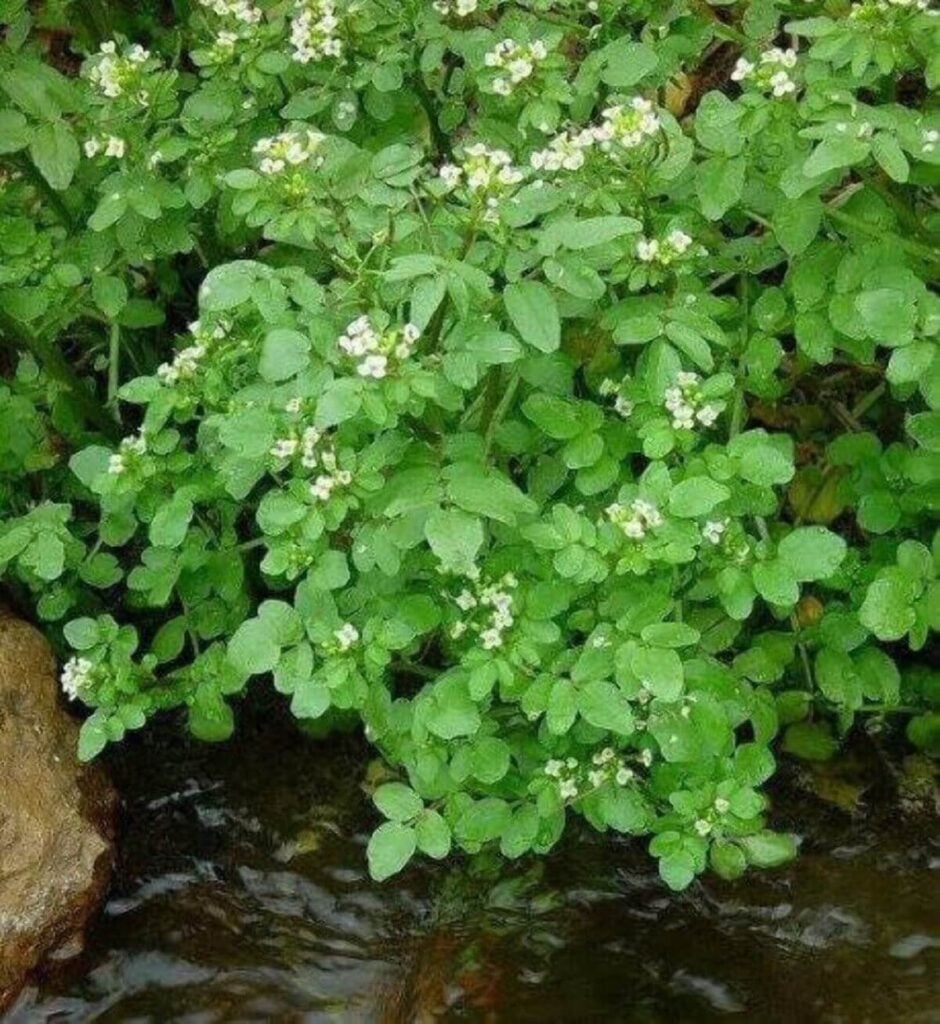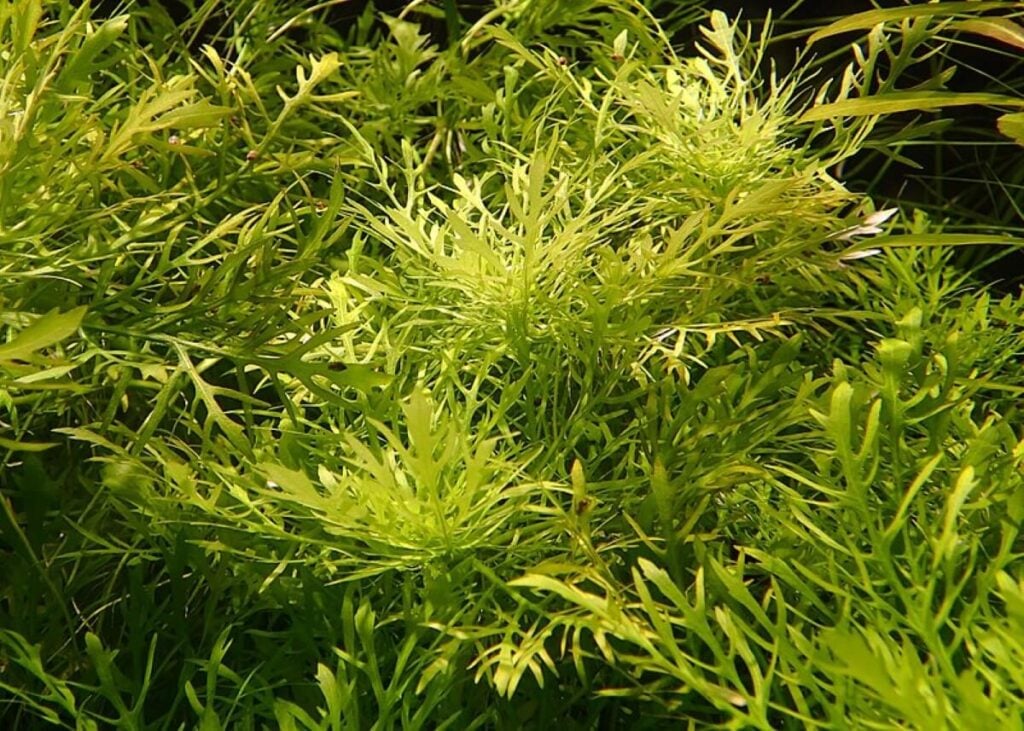Weed Control
How to Control Aquatic Weed Types and Aquatic Plants
Ponds grow a variety of pond weed types, many of which look similar. The aquatic weed identification information below lists the most common weed types -- including emergent, submerged, and floating weeds -- to help you explore and identify aquatic weeds in your pond or lake.
For those looking for weed control solutions, Lake Restoration has developed all-in-one pond and lake weed control kits that make it unnecessary to identify the type of weeds in your pond. Feel free to use the information below to facilitate your pond weed identification goals, or contact us today to talk to our customer support team about the right control product for your pond or lake.
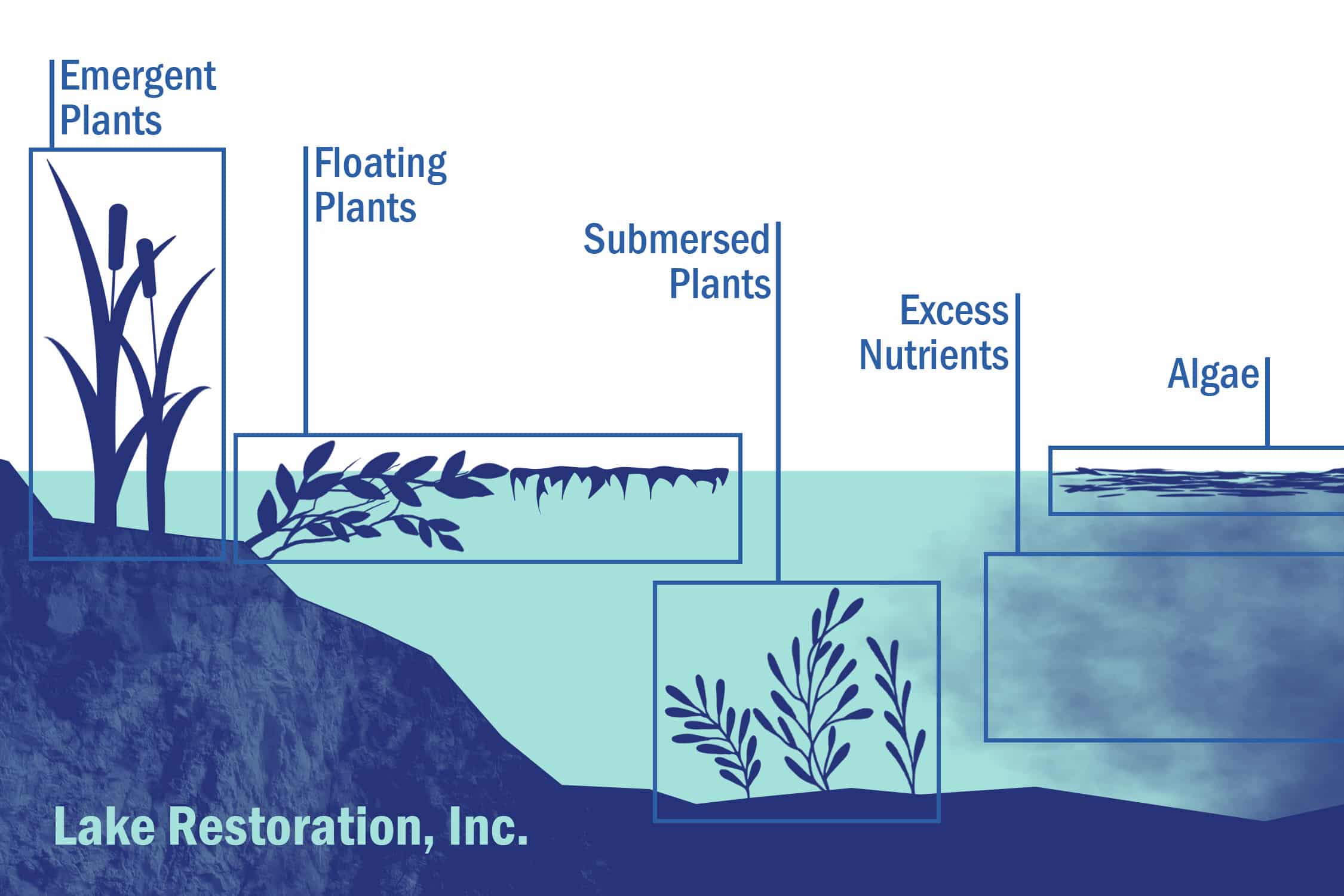
Willow Moss
Willow moss and mini willow moss have branched stems and sword shaped dark green leaves that grow from three sides of the stems.
Water Hawthorn
Water hawthorn has oblong leathery green leaves that float on the water and white flowers on a two-forked spike that emerge slightly.
Red Algae
Red algae can give the water a red or reddish brown hue but can also be green.
Leafy Pondweed
Leafy pondweed has thread like branching stems. Submersed leaves are green to bronze, thin, and linear. Brown flowers grow in clusters.
Horned Pondweed
Horned pondweed roots, stems, and leaves are all long and thread like. It has tiny single flowers in May or June. The seeds are horn shaped.
Pondweed
Floating leaves are often rounded and leathery while submersed leaves are translucent and narrow. Some pondweeds do not produce floating leaves at all.
Widgeon Grass
Widgeon grass has thin branched stems and sharp pointed leaves that are thread like. Flower spikes can emerge slightly and are brown to yellow.
Quillworts
Quillwort leaves are quill like and grow from one central stand in swampy areas. Leaves are arranged in a spiral.
Indian Swampweed
Indian swampweed has compound leaves with opposite leaflets that can be emersed or submersed and are broader at the tip. This plant is uncommon.
Duck Lettuce
Young duck lettuce leaves are linear and become oblong, oval, or heart shaped as they mature. Some flowers stand above the surface with white petals.
Brittle Naiad
Brittle naiad has dark green leaves with serrated edges. Leaves grow two-tenths of an inch long. Flowers can grow to three-fourths of an inch.
Pond Water Starwort
Pond water starwort has long, thin submersed leaves and floating leaves that resemble a four-leaf clover. White flowers are held above water.
Floating Crystalwort
Floating crystalwort forms green mats under or on the water’s surface. The stem and leaves all look the same with forked branches.
Yellowcress
Yellowcress has branched stems with elongated or sword/oval shaped leaves. Flowers grow on the same branches as leaves and have four bright yellow petals.
Yellow Floating Heart
Yellow floating heart has long leaf stalks and alternate leaves that float on the water. Bright yellow flowers have five petals that look frayed.
Yellow Flag
Yellow flag has tall leaves, three to four feet, that arch at the upper parts and come to a point. Yellow flowers are big and showy, with many on each stem.
Wild Rice
Wild rice has tall thick stems, strap like or ribbon like leaves, and branching flowers with yellow or reddish fruits (edible grains).
Wild Taro
Wild taro leaf stalks grow directly from the seeds and rarely reach four feet tall. Leaves are succulent and often purplish near the top.
Watercress
Watercress stems and leaves are medium green. Young leaves are simple while mature leaves are compound with three to 11 leaflets.
Water Wisteria
This aquarium plant can be completely submersed or emerge from the surface. Water wisteria has fern like stems and light green leaves.


